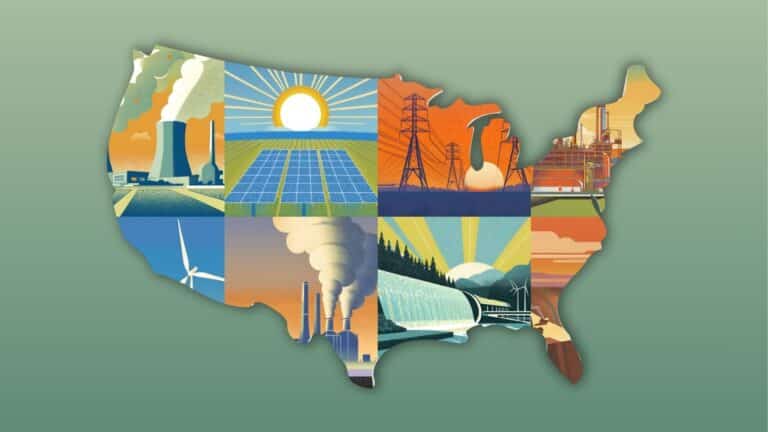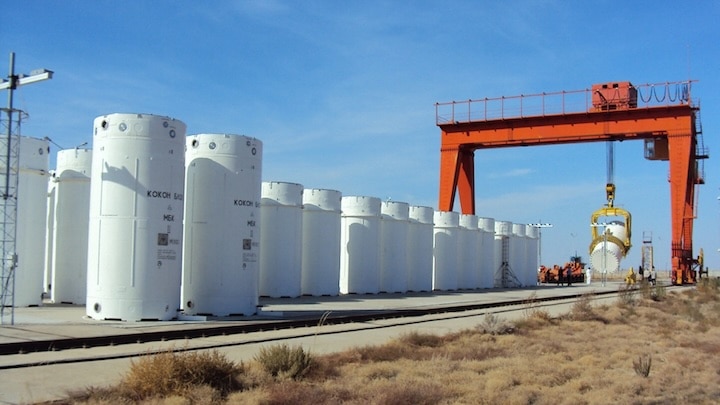Big banks predict catastrophic warming, with profit potential
Morgan Stanley, JPMorgan and an international banking group have quietly concluded that climate change will likely exceed the Paris Agreement's 2 degree
Current Access Level “I” – ID Only: CUID holders, alumni, and approved guests only
Reports by Jason Bordoff, Antoine Halff & Akos Losz • May 30, 2018
The realities of the modern oil market have thrown into question the need for the US emergency oil stockpile. For more than 40 years, the US Strategic Petroleum Reserve (SPR) has existed as a buffer between US oil markets and global supply shocks. A byproduct of the 1973–1974 oil embargo, the SPR was born in an age when US crude production was in decline, imports were rising, and the oil market was dominated by the Organization of Petroleum Exporting Countries (OPEC). Over the intervening years, the reserve was tapped only a handful of times as the oil market has grown much larger, deeper, more liquid, and better integrated and thus more able to address shortfalls of various magnitudes that previously would have caused greater pain for oil-importing countries. In regard to US national oil supply security, however, perhaps the greatest change has been the boom in domestic production over the past decade due to hydraulic fracturing of shale and other tight oil deposits.
The new US energy fortune has thus given rise to a view that the SPR—which formerly enjoyed wide bipartisan support—could be sold off to plug spending holes without creating significant energy security risks. The US Congress has already passed several measures to significantly pare down the size of the SPR through a series of drawdowns staggered over the coming decade. The emerging and important discussion over whether the SPR has become too large or altogether useless, or whether it should be kept whole, prompted the Center on Global Energy Policy at Columbia University’s School of International and Public Affairs to research how the SPR fits into the modern oil market—and indeed the wider global energy system—and whether the United States would benefit from modifying or eliminating it.
In short, the paper finds the following:
President Donald Trump has made energy a clear focus for his second term in the White House. Having campaigned on an “America First” platform that highlighted domestic fossil-fuel growth, the reversal of climate policies and clean energy incentives advanced by the Biden administration, and substantial tariffs on key US trading partners, he declared an “energy emergency” on his first day in office.

November’s election for president of the United States will have crucial implications for the nation’s and world’s energy and climate policies.

Nuclear power is being weighed in energy transition plans around the world, as countries seek to replace fossil fuels with low-carbon alternatives while also meeting growing energy demand and maintaining reliability and affordability.

Full report
Reports by Jason Bordoff, Antoine Halff & Akos Losz • May 30, 2018